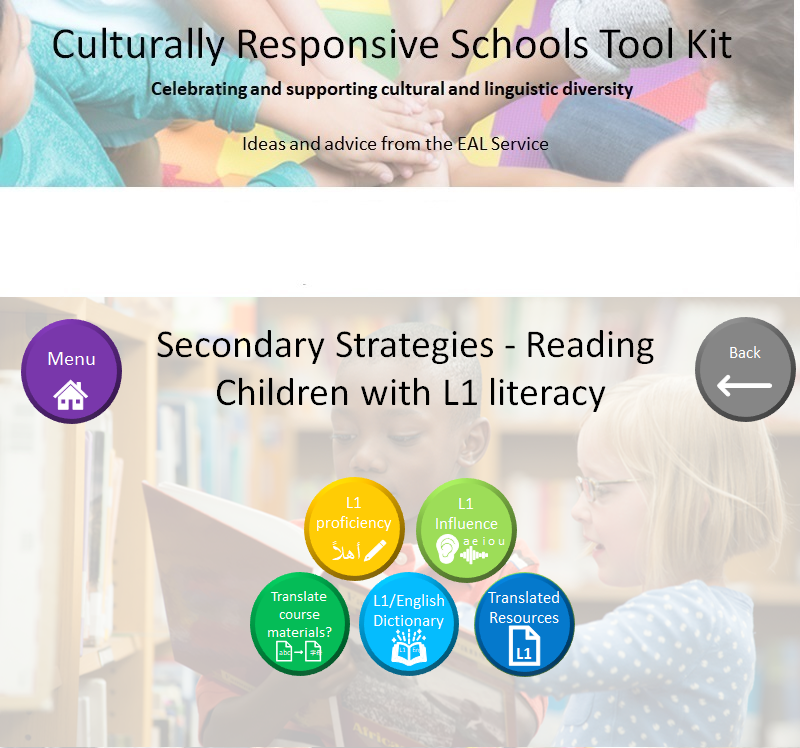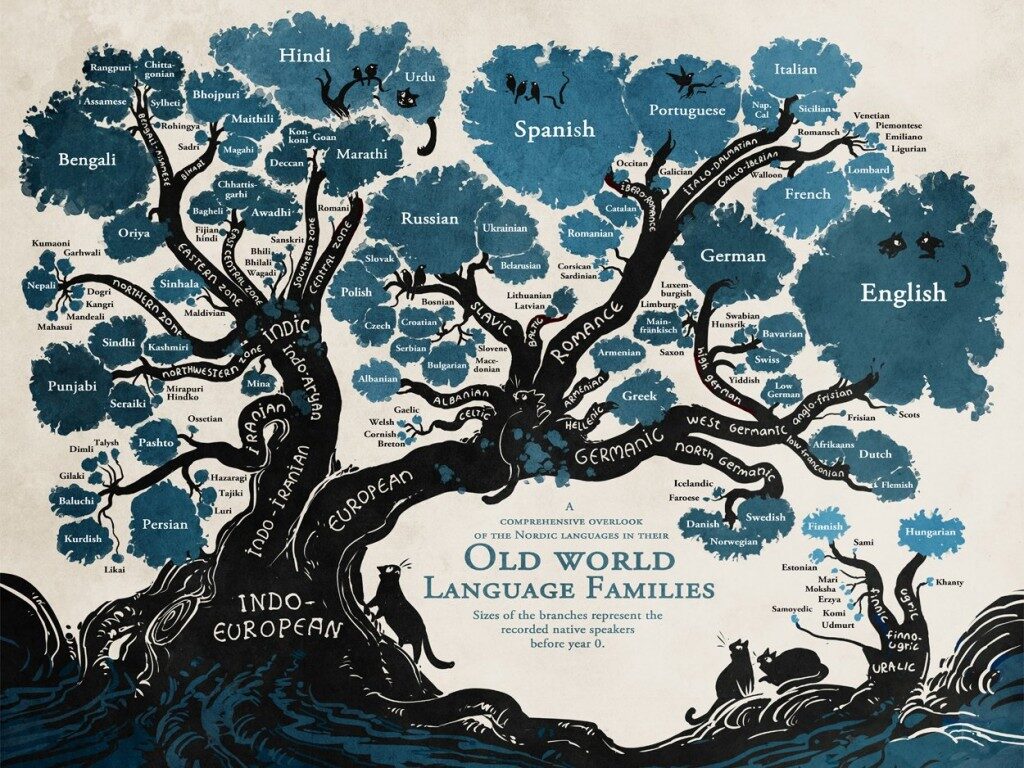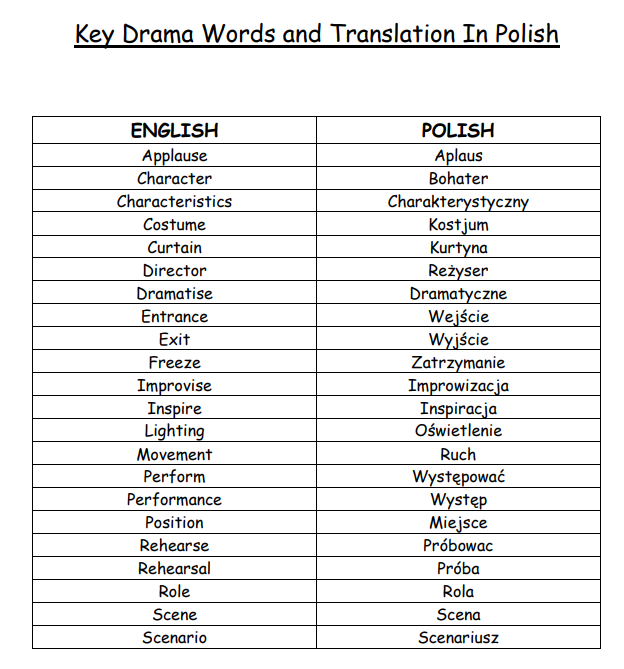
First Language proficiency

It is important to confirm the pupil’s previous educational experience and what skills they already have in first language.
EAL initial assessment will provide some information on L1 proficiency, but it can sometimes take some time for pupils to feel comfortable to use their first language skills in the school where English is the majority language.
Where the pupil has learned literacy skills it is important to recognise that they will not need to learn those skills again, only the differences between English and their first language. The iceberg picture shows how on the surface we may only see what the pupil can communicate in English, but just like most of the iceberg is hidden below the surface, the pupil may have much greater knowledge of the concept than they can show.
For example, there may be different sounds/letters in English, or the conventions for use of capital letters may be different. If they already understand the concepts of persuasive writing, they will not need to learn the concept again, only the English vocabulary and structures that will help them to demonstrate their knowledge. See the section on activating prior learning.
First language influence

Consider first language influence on English. Many aspects of the pupil’s English language acquisition may be influenced by their first language.
o Information on other languages can be accessed from the EAL service and from many other sources.
o Other languages may have a different alphabet/script and may be written in a different direction.
o Characters may look the same as English letters but have different sounds.
o Some sounds may be present in English but not in the first language and vice versa. This can also be true for groups of sounds/consonant clusters. Be aware that many pupils have difficulty hearing, recognising and pronouncing many English sounds/sound combinations.
For example, for Arabic speakers:
§ ‘p’ is difficult to pronounce, often pronounced as ‘b’
§ consonant clusters of more than two consonants can be challenging. They would often add a vowel i.e. spilit, ithrew, lengthes (split, threw, lengths)
§ vowel sounds can be tricky – English has around three times the number of vowel sounds, so learners may find perceiving differences/producing vowels challenging – i.e. ship/sheep and bad/bed. This can make decoding and blending more challenging.
Pupils with other first languages may experience the same or different challenges, depending on their first language.
o Information on the common areas of difficulty for English language learners is available from the EAL Service. Learner English (Swan, M. & Smith, B., 2001) 978-0521779395 has detailed information on some language although is quite technical.
Image from michaeltyler.co.uk
Should I translate course materials?

SQA guidance is clear that ‘translation of SQA assessment materials into a learner’s first language, or the translation of a learner’s assessment responses from their first language into English, is not allowed’ (SQA guidance on Use of a Bilingual Dictionary for learners who have English as an additional language).
A range of strategies can be used to support pupils in understanding the curriculum. Good quality visuals, dual language dictionaries, translated glossaries of key words, translation apps with optical character recognition can all help. The last option does rely on automated translation which is not immune to errors but can be helpful. Again, please read the EAL guidelines on interpreting and translation for more advice on use of translation apps.
Dual language dictionaries

Pupils who are literate in first language will benefit from a dual language dictionary. Be aware of SQA Guidelines on assessment arrangements which include guidance on use of a bilingual dictionary for candidates who speak English as an Additional Language.
For supporting the curriculum, DK’s Visual Dictionary is available in some languages. L1/English word power dictionaries are helpful. You can find these from a range of sources including Amazon, Browns Books and many other suppliers. Bilingual dictionaries must be word to word only for use in exams. Please ask the EAL teacher for more advice.
Translated resources

A range of translated resources are available from the EAL Service. A huge range of translated resources are also available online. Some caution should be used as it would be difficult to verify the quality and accuracy of resources. Translations can contain errors, especially if they have been translated using an app or website rather than professional translation. Sticking to well known sources should help to avoid errors.
Translated resources available from Twinkl will be helpful to pupils who are literate in first language.
As always with translated resources, some languages will have more resources than others. It depends on which languages were in high demand for the organisation or person who developed the resources.
